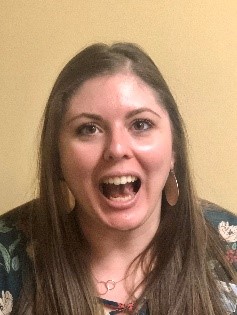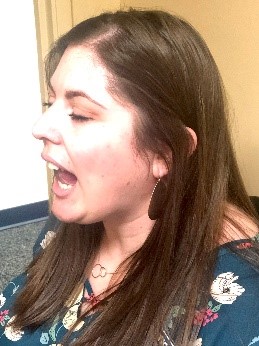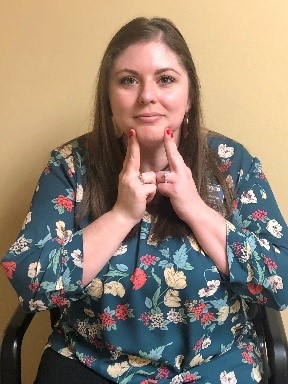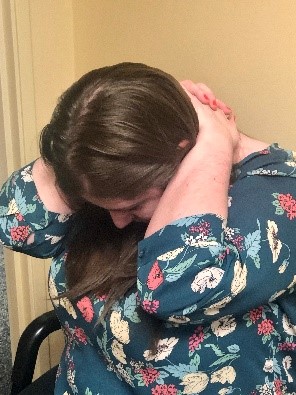
Jaw Pain? Try Physical Therapy
Leave a CommentDo you have pain in your jaw? Do you have trouble smiling, yawning, or chewing? Do you have clicking or popping in your jaw or have been told you clench or grind your teeth? Do you feel you’ve tried all the retainers or guards from your dentist, and just haven’t gotten back to 100 percent yet? If so, you may want to consider physical therapy (PT)!
What can you expect from physical therapy for your jaw?
In many states people can schedule a free assessment or even an evaluation without seeing their doctor first (contact your local Athletico clinic for more information). Your physical therapist will take a look at your jaw as well as surrounding structures such as your neck and posture to develop recommendations for a plan of care to assist you in meeting your goals of being able to yawn without pain or eat your favorite food again. They may offer you suggestions for ways to change your daily behaviors such as avoiding gum chewing, hard candy or nuts. Your therapist will also most likely offer hands-on techniques as well as exercises to improve your posture to better support your head and jaw during daily activities. However, there are six exercises that will assist in retraining your jaw that I use with most of my patients, and they could start helping you today.
The first exercise is clicking with your tongue. This helps reposition your tongue into the roof of your mouth, which is its normal resting position. Often times we lean our heads forward (especially when working with computers/TVs), which pushes our tongues forward and changes the way our jaw moves – potentially resulting in increased pain.

The second exercise builds on your tongue’s resting position as well. You place your tongue on the roof of your mouth and slowly open your mouth. Oftentimes when you open your mouth your body finds ways to compensate, which typically means both joints that move your jaw aren’t working evenly. Placing your tongue in the roof of your mouth helps even out this movement in both joints and retrain the proper mechanics required for yawning and chewing.

The third exercise uses isometrics that involve you activating your muscles without moving the joints. This can help stabilize the joint and also even modulate pain. You complete this exercise two ways – in opening the jaw which involves using your hand to block this motion under your chin while you fire the muscles. This should never be painful and is typically held for 6-10 seconds. You should also try this on each side to further stabilize the joint in multiple directions.


The fourth exercise is a stretch for your neck. The neck and jaw work together a lot to help balance your head and neck in space. You let your head hang down while using your hands to help stretch parts of your neck. Hold stretches about 30 seconds.

The fifth exercise utilizes a chin tuck to strengthen the muscles in your neck, which helps to hold your head and jaw up more supported in space. You can do this laying down or sitting up, but tuck your chin down to lengthen your neck. In this position you should still be able to swallow and breathe. Hold the position for 10 seconds.

The final exercise is squeezing your shoulder blades down and back. Your posture is the foundation on which your head and jaw rest, so the stronger you are the better supported any movement of your head and jaw should be. Hold your shoulder blades down and back from your ears for 2-3 seconds.

Each of these exercises should be repeated six times and performed six times a day. Whenever your goal is to retrain movement, repetition is key to learning. However, some of my patients feel like this is a lot of exercising in one day. I often break it down to less and build up as technique and speed improve.
This is a great list of exercises to try, but if you have any concerns your best move is a free assessment or proper evaluation by a physical therapist at Athletico Physical Therapy.
Athletico is now offering appointments in-clinic or virtually through telehealth. Request your free assessment using the button below.
The Athletico blog is an educational resource written by Athletico employees. Athletico bloggers are licensed professionals who abide by the code of ethics outlined by their respective professional associations. The content published in blog posts represents the opinion of the individual author based on their expertise and experience. The content provided in this blog is for informational purposes only, does not constitute medical advice and should not be relied on for making personal health decisions.
